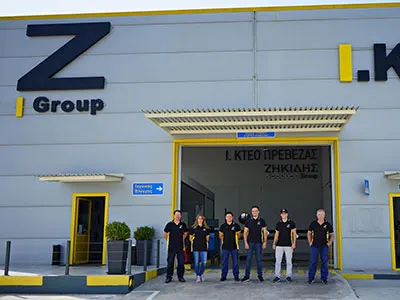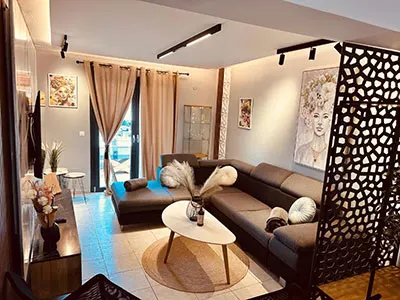Virtual Tour
Virtual Tours are a modern technological process that allows users to explore and interact with digital representations of various locations, landscapes, buildings, museum exhibitions, and other spaces without the need to be physically present in those places.
Virtual tours utilize advanced technologies such as 360-degree photography, three-dimensional imaging (3D), augmented reality (AR), and virtual reality (VR) to create a comprehensive and realistic experience.
Virtual tours utilize advanced technologies such as 360-degree photography, three-dimensional imaging (3D), augmented reality (AR), and virtual reality (VR) to create a comprehensive and realistic experience.

What you can do on a virtual tour

These tours can be accessed through various devices, such as computers, smartphones, tablets, and, in more advanced cases, specialized VR devices that offer an even deeper sense of immersion.
Users can navigate through spaces, view details that might not be easily accessible during a physical visit, and often interact with the environment by clicking on specific points to obtain more information or control the progression of the tour.
Users can navigate through spaces, view details that might not be easily accessible during a physical visit, and often interact with the environment by clicking on specific points to obtain more information or control the progression of the tour.
Where is virtual tour used?
Virtual tours have found wide applications in many fields.
In tourism, for example, they allow travelers to preview destinations they wish to visit, helping them make better decisions.
In education, virtual tours enable students to explore historical sites or natural phenomena that are difficult to access.
In real estate, they allow potential buyers to view properties from a distance, while in museums and exhibitions, they provide access to collections and exhibits from any location in the world.
In tourism, for example, they allow travelers to preview destinations they wish to visit, helping them make better decisions.
In education, virtual tours enable students to explore historical sites or natural phenomena that are difficult to access.
In real estate, they allow potential buyers to view properties from a distance, while in museums and exhibitions, they provide access to collections and exhibits from any location in the world.

Beyond Boundaries: How Virtual Tours Are Redefining Our Perception of the World

In conclusion, Virtual Tours have proven to be a multifaceted tool that not only broadens the traditional boundaries of exploration and knowledge but also enables users to gain experiences that would otherwise be difficult or impossible to achieve.
The ease with which one can digitally navigate various locations, from historical monuments to remote natural landscapes, opens new horizons in learning and understanding the world. This type of tour, offering details and interactivity that often surpass the physical experience, constitutes a revolution in accessibility and information, bringing technology into the service of cultural and educational development.
In the following article, we will present the latest statistical data that highlights the increasing appeal and widespread application of virtual tours across different industries and social activities.
The ease with which one can digitally navigate various locations, from historical monuments to remote natural landscapes, opens new horizons in learning and understanding the world. This type of tour, offering details and interactivity that often surpass the physical experience, constitutes a revolution in accessibility and information, bringing technology into the service of cultural and educational development.
In the following article, we will present the latest statistical data that highlights the increasing appeal and widespread application of virtual tours across different industries and social activities.
Tags: #Virtual Tour











